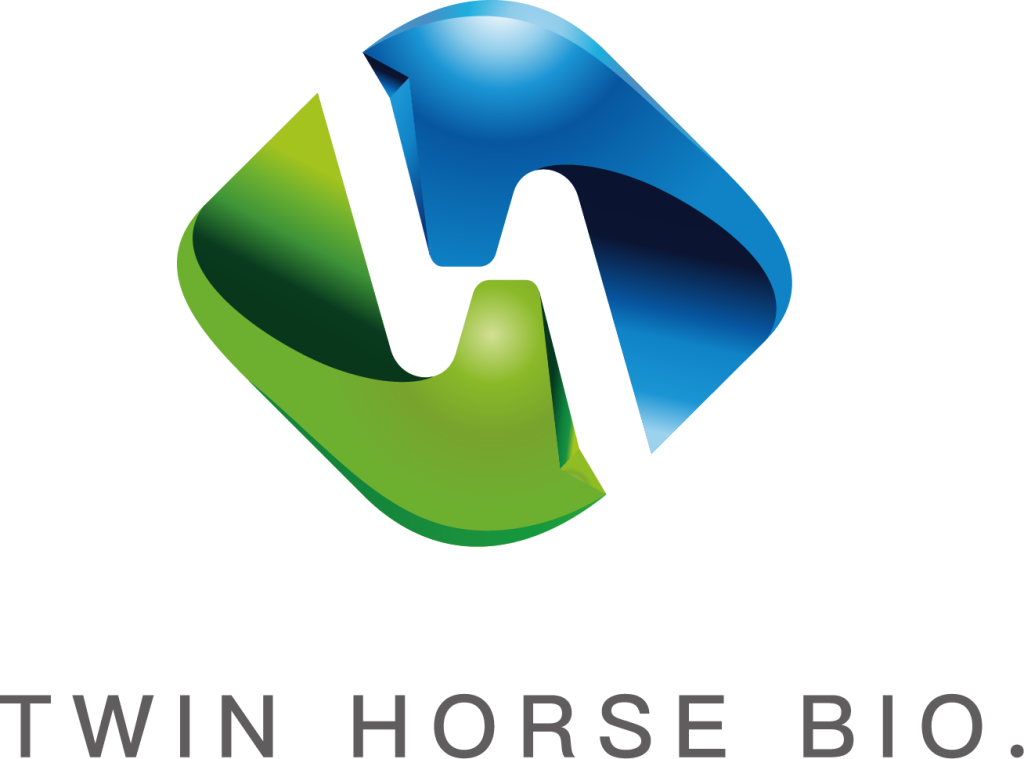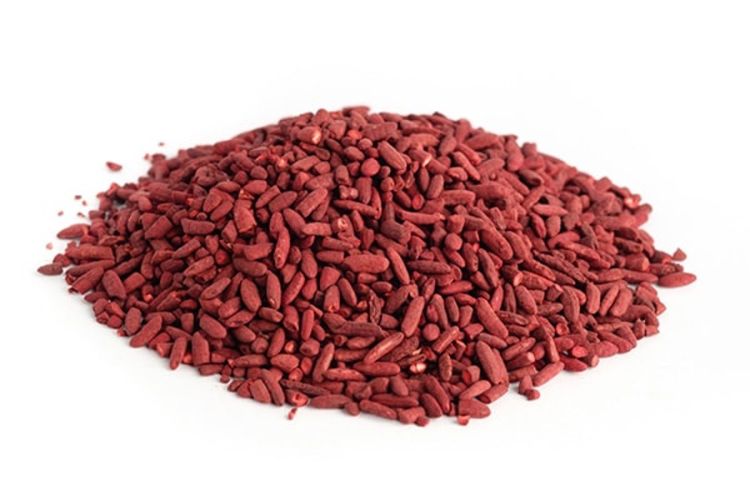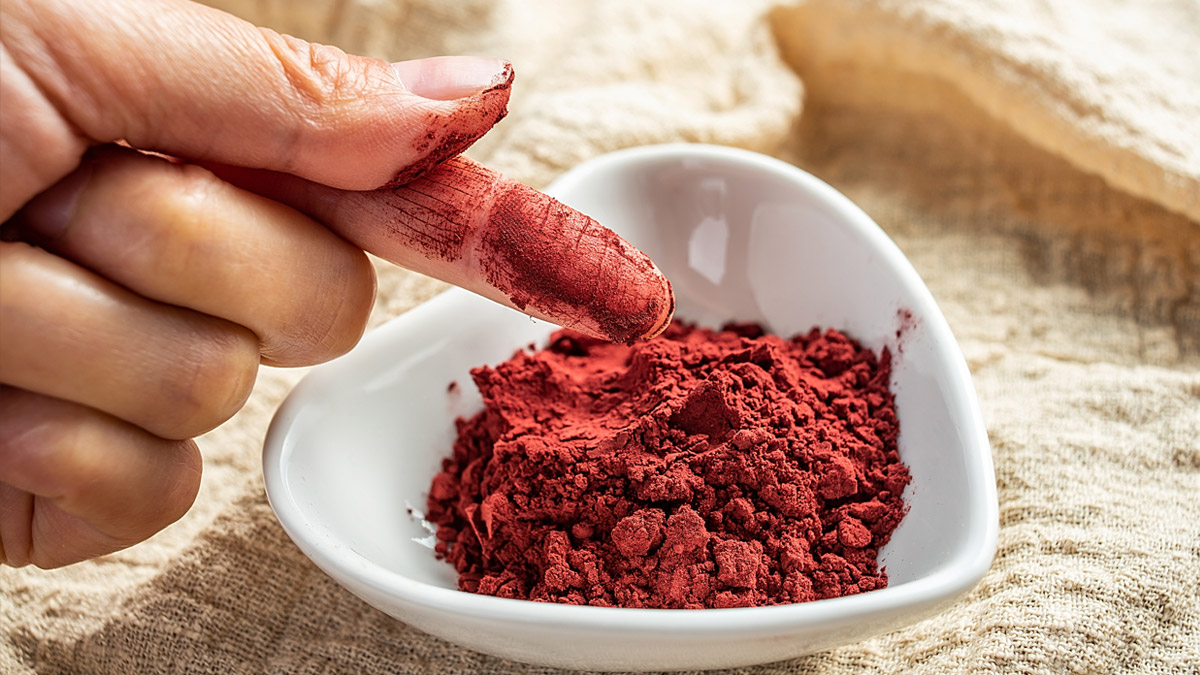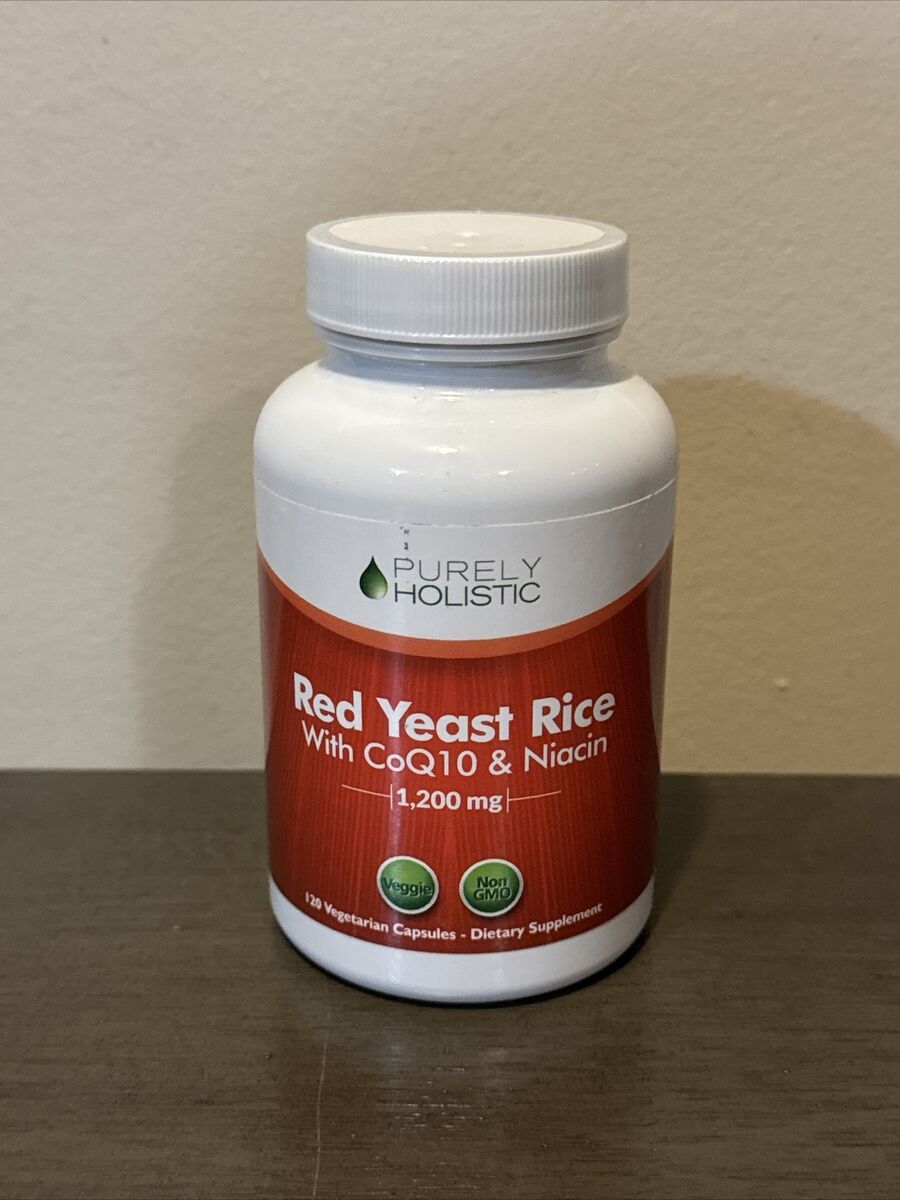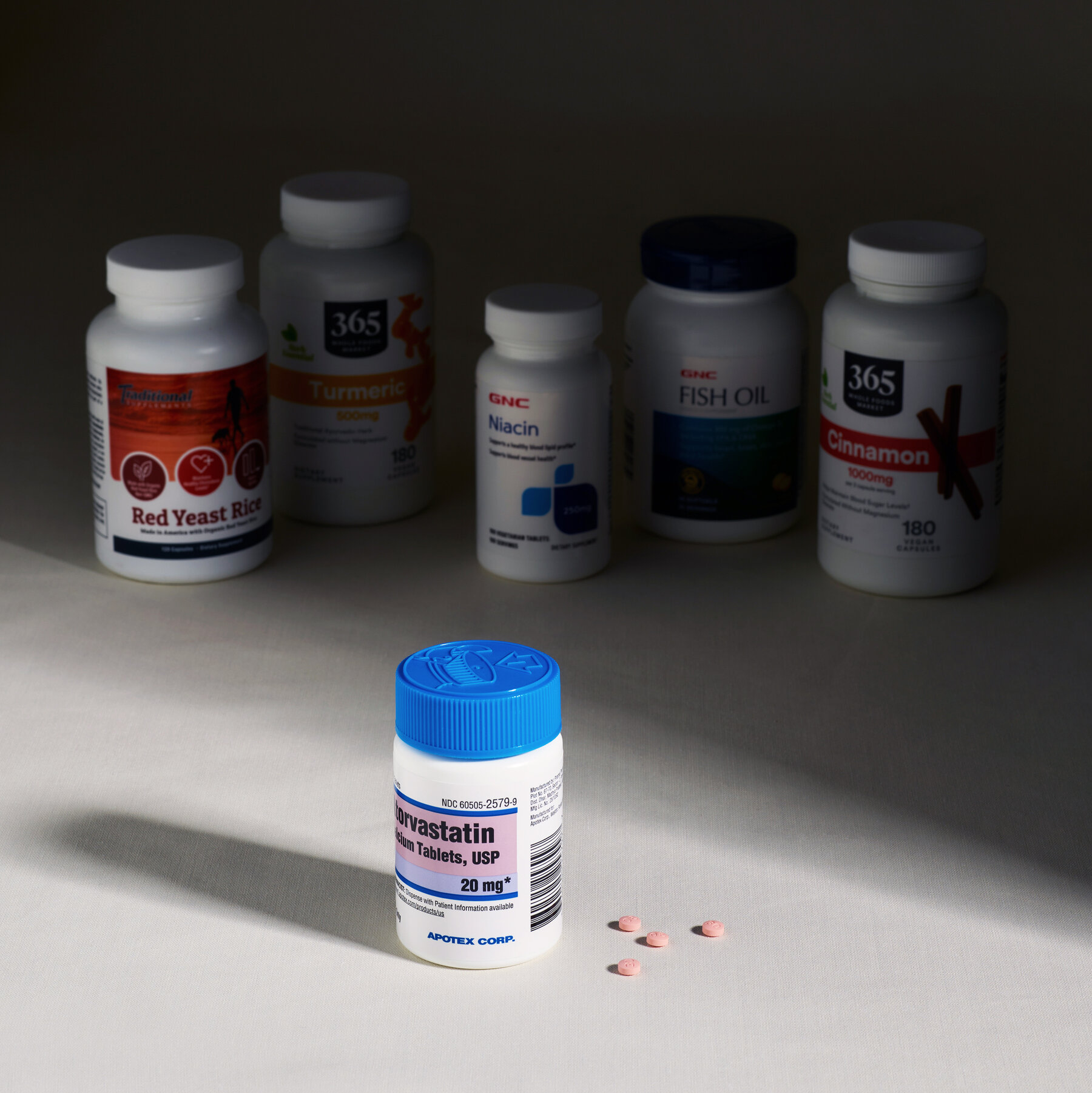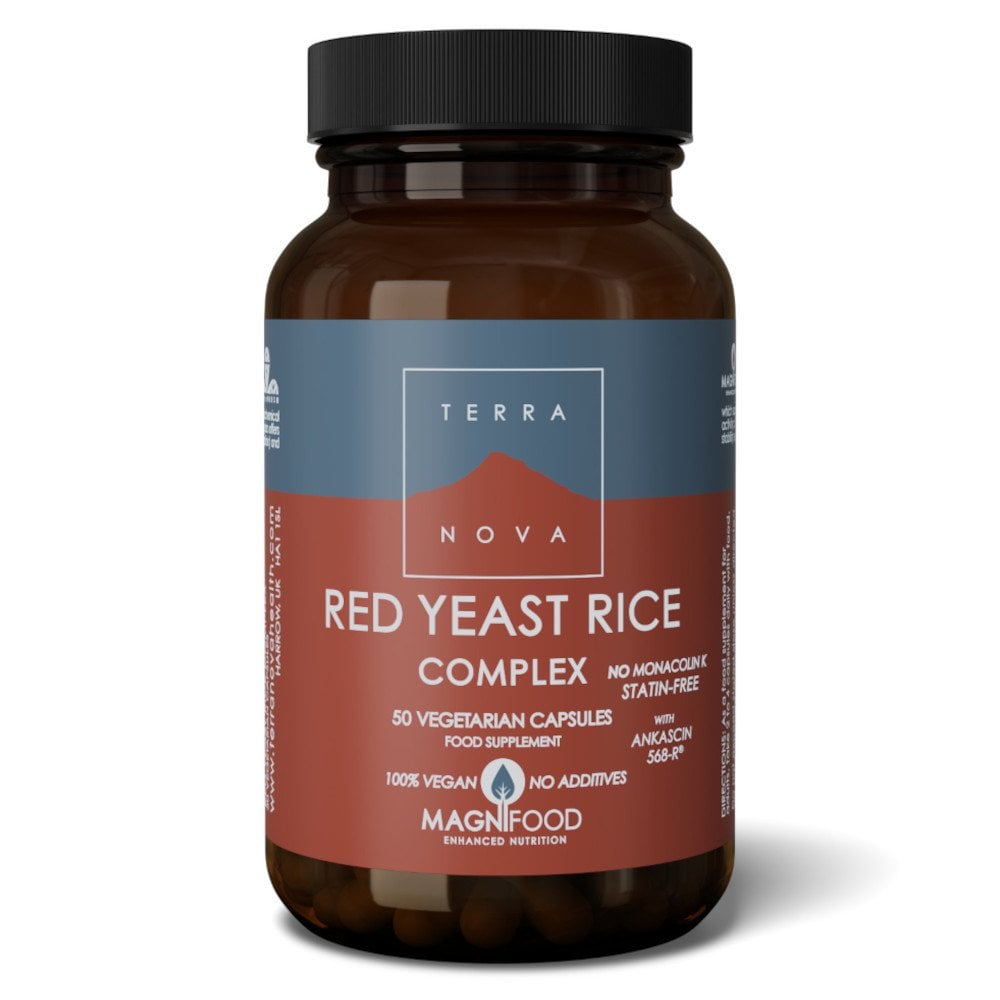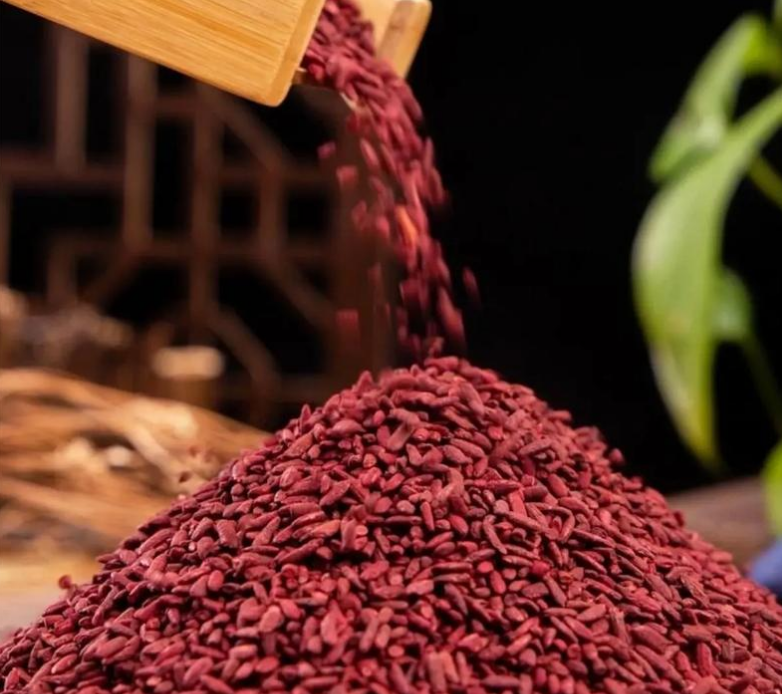It takes about 4-8 weeks to see results from red yeast rice. Studies show it can reduce LDL cholesterol by 15-30% with a daily dose of 1200-2400 mg. For best effects, pair it with a low-fat diet, regular exercise, and monitor lipid levels every 6-12 weeks through blood tests.
Cholesterol Levels
When taking red yeast rice for cholesterol, many people begin to see measurable results within a period of 4 to 6 weeks. Research has documented that 600 mg to 2400 mg per day of red yeast rice can lower LDL cholesterol-low-density lipoprotein, sometimes referred to as “bad cholesterol”-by an impressive 20-30%. For instance, a patient with an LDL level of 160 mg/dL will have his cholesterol drop to as low as 120-128 mg/dL after one month of continued intake. This response is closely comparable to that produced by low-dose prescription statins and makes red yeast rice a similarly effective yet much cheaper option for maintaining cholesterol levels.
This effect becomes even more prominent when combined with a diet low in saturated fats. For example, clinical trials have shown that subjects maintaining a diet with less than 20 grams of saturated fat intake per day had an average reduction in LDL cholesterol of 35 mg/dL after 6 weeks of red yeast rice supplementation. Adding heart-healthy foods, such as nuts, seeds, and fatty fish, can enhance results further, adding an additional 5-10% reduction in LDL levels. A simple example of this would be taking out butter and processed meats and replacing them with avocado and lean chicken breast; not only does this support lipid improvements, but it also provides overall health benefits.
Regular exercise boosts the cholesterol-lowering effects of red yeast rice. Studies have demonstrated that 150 minutes of moderate aerobic exercise weekly, like brisk walking or swimming, decreases LDL cholesterol by an average of 5-15%. With red yeast rice medication and a regular exercise routine, the LDL level might come down from 150 mg/dL to around 110-120 mg/dL after 8 weeks. Exercise, on the other hand, helps elevate HDL cholesterol, which is high-density lipoprotein and is considered “good cholesterol.”. Even light exercises, like yoga or stretching, when combined with red yeast rice, improve cholesterol profiles over time.
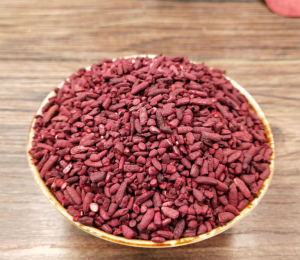
Triglyceride Improvement
Red yeast rice supplementation can cause significant improvement in triglyceride level in 6 to 8 weeks. In clinical studies, this reduction varies between 15% and 30%, depending on the dosage used and other variables, for example, base line levels of triglycerides, dietary habits. For instance, a patient with a triglyceride level of 200 mg/dL, which is considered borderline high, may see it drop to 140-170 mg/dL after sustained intake of red yeast rice at 1200 mg per day. This effect is within the range elicited by moderate-intensity statin medications and is achievable without resorting to prescription drugs.
Dietary habits play an important role in augmenting the triglyceride-lowering action of red yeast rice. Reducing the intake of refined carbohydrates and sugars, major contributors to elevated triglycerides, can amplify the effects of red yeast rice. For example, those who limit their daily sugar intake to less than 25 grams for women or 36 grams for men have been shown to achieve an additional 10-20% reduction in triglycerides over a similar period. The addition of water or unsweetened tea instead of sugary drinks and the consumption of more whole grains than refined ones can have a quantifiable effect. On a practical note, replacing one serving of a daily soda (with 40 grams of sugar) with something healthier could potentially reduce triglycerides by an additional 10-15 mg/dL in a few weeks.
Physical activity has a profound effect on triglyceride levels when combined with red yeast rice. Adding regular aerobic exercise to the regimen, such as jogging, cycling, or swimming for 30 minutes five days a week, may further lower triglycerides by 20-30%. Thus, a patient whose starting triglyceride level was 250 mg/dL might expect to have their level drop to 150-175 mg/dL after 8 weeks of both exercise and red yeast rice. Even light activities, like walking 10,000 steps a day, can yield great reductions, especially in sedentary individuals. The combination of physical activity and red yeast rice exerts a synergistic effect, accelerating the improvement.
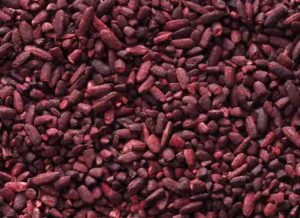
Heart Health
The extract of red yeast rice significantly improves heart health, and its action can be measured after 8 to 12 weeks. Among the major effects is a reduction in LDL cholesterol, which, in turn, lowers the risk of developing atherosclerosis-a disease caused by plaque buildup in arteries. For those with high LDL levels over 160 mg/dL, continuous intake of red yeast rice at 1200 mg to 2400 mg per day reduces LDL by 15-30%, decreasing arterial stress and thus generally improving cardiovascular health. This reduction corresponds to a 20-30% decrease in the risk of major cardiac events such as heart attacks, as evidenced in long-term clinical studies.
Further effects of red yeast rice on lowering triglycerides contribute to better heart health. High levels of triglycerides, usually above 200 mg/dL, are considered a risk factor for coronary heart disease. Individuals have reported that with the supplementation of red yeast rice, combined with dietary modifications like reducing saturated fat below 10% of total daily calories, there was a reduction in triglycerides by 20-30% over three months. For instance, someone whose triglyceride levels were at 250 mg/dL might be reduced to 175-200 mg/dL, significantly reducing the risks for cardiovascular complications such as heart attack or stroke.
Blood pressure management is another indirect avenue where red yeast rice can support heart health. While red yeast rice itself does not lower blood pressure, its cholesterol-lowering effects improve arterial flexibility and decrease the workload on the heart. This effect is especially helpful for people with borderline hypertension, where the systolic readings are between 120 and 139 mmHg, because reduced levels of LDL alleviate stress on the arteries. In conjunction with lifestyle changes, like 30 minutes of daily exercise, systolic pressure reductions of 5-10 mmHg have been observed after 8 weeks of red yeast rice supplementation, contributing to a healthier cardiovascular system.
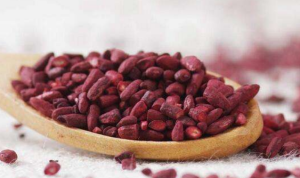
Lipid Panel Monitoring
This means it will be necessary to monitor the patient’s lipid panel to follow up on red yeast rice therapy’s effectiveness in terms of improvement in cholesterol level and overall lipid profile. The LDL cholesterol levels should significantly change within 4-6 weeks of good supplementation. For instance, someone with an LDL cholesterol level of 160 mg/dL may find a reduction to 120-135 mg/dL one month after ingesting 1200 mg of red yeast rice daily. To better outline the overall lipid changes, though, many healthcare providers commonly advise repeating a full lipid panel test in 3 months-a duration long enough for changes in LDL and often triglycerides to be measured.
In addition to LDL cholesterol, lipid panel tests monitor triglycerides, HDL cholesterol, and total cholesterol levels. Regular monitoring is particularly important for individuals with elevated triglycerides (above 200 mg/dL) or low HDL cholesterol (below 40 mg/dL for men and 50 mg/dL for women). For example, using red yeast rice together with life-style modifications like keeping sugar intake below 25 grams a day can decrease triglycerides by 20-30% in 8-12 weeks. So, in that case, a triglyceride of 250 mg/dL can come down to 175-200 mg/dL, thereby drastically cutting the risk of cardiovascular disease. The improvements during this time can easily be checked and further adjustments made by the lipid panel tests.
In patients with complicated dyslipidemia, including total cholesterol above 240 mg/dL or a history of cardiovascular disease, monitoring of a lipid panel is essential every 3 to 6 months. Red yeast rice has been found to lower total cholesterol by 15-25% over a period of 3 months at doses of 600-2400 mg per day. For instance, a patient with total cholesterol of 260 mg/dL may experience a reduction to 195-220 mg/dL, thus greatly reducing their cardiovascular risk. Routine monitoring ensures that these changes are sustained and helps identify any potential side effects, such as liver enzyme elevation, which occurs in less than 1% of users at typical dosages.
Inflammation Reduction
It is hopeful that red yeast rice could reduce inflammation; most times, this effect becomes prominent following a continuous intake for about 8 to 10 weeks. Chronic inflammation occurs in many health disorders like cardiovascular disease, arthritis, and metabolic disorders. Studies have shown that supplementation with red yeast rice, especially between 1200 mg and 2400 mg a day, may reduce this inflammatory marker, C-reactive protein, by an average of 20-30% at this duration. For instance, individuals with a baseline CRP level of 5 mg/L-meaning moderate inflammation-may experience a reduction to as low as 3.5 to 4 mg/L after 8 weeks, supporting overall better health and reduced risk of the progression of disease.
Dietary changes in addition to red yeast rice supplementation can enhance anti-inflammatory effects. Adding omega-3 fatty acid-rich foods, such as fatty fish or flaxseeds, has been reported to further reduce CRP levels by 10-15%. This might be practically achieved by adding two servings of salmon per week; together, this may result in reductions in CRP levels from 6 mg/L to 4 mg/L within 10 weeks. This also includes reducing the intake of pro-inflammatory foods like processed meats and sugary snacks. It is suggested by studies that individuals who completely eliminate high-sugar foods from their diet see an additional 10% decrease in inflammation markers over several weeks.
Regular exercise can have a positive synergistic effect with red yeast rice on lowering inflammation. Modifying CRP and IL-6 inflammatory markers could be managed and reduced by 20-30% through engagement in regular physical activity-walking or cycling for 30-45 minutes daily-over 2-3 months. Combined with supplementation with red yeast rice, it has a still more significant accumulative effect. For instance, someone with a baseline CRP level of 7 mg/L might see a reduction to 4 mg/L after adding consistent physical activity to their routine, alongside red yeast rice use, over a 12-week period. Such lifestyle changes not only improve inflammation but also support better cardiovascular and metabolic health.
Energy Levels
This enhancement of energy levels often manifests in about 4-8 weeks following continuous use of red yeast rice supplements. These changes could relate to how the extract improves circulating conditions in the blood through reductions in LDL cholesterol and oxygen transport efficiency towards muscle tissues. A prime example could be how subjects who had high levels of cholesterol greater than 160 mg/dL easily complained of general weakness resulting from poor circulatory mechanisms. Taking 1200 mg to 2400 mg of red yeast rice daily, after 6 weeks, has been reported to improve the overall cardiovascular function and increase energy and stamina while LDL levels drop by as much as 15-30%.
Red yeast rice, along with a heart-friendly diet, can be advantageous in giving one more energy. Less than 10% of saturated fat intake with increased complex carbohydrates, such as whole grains and vegetables, provides the body with steady energy sources. An example would be replacing refined grains with whole grains such as quinoa or brown rice, which can sustain energy throughout the day and work in conjunction with the circulatory benefits of red yeast rice. People who make these changes in their lives often find, within 6 to 8 weeks, that their fatigue has considerably lessened and that they can accomplish more in their daily activities or exercise.
Another very important factor that works with red yeast rice to help increase energy levels is regular physical activity. Moderate aerobic exercise, such as brisk walking for 30 minutes five days a week, will increase oxygen utilization and general stamina. This often leads to a measurable improvement in activity tolerance when the person had low energy levels because of their high cholesterol levels. A person who could hardly walk 5,000 steps a day might raise his daily walk to 8,000-10,000 steps within 8 weeks with supplementation of red yeast rice. This reflects increased endurance and vitality.
Liver Enzyme Stabilization
Of the many benefits associated with the action of red yeast rice, including lowering cholesterol, is its tendency to improve liver enzyme counts by non-overloading of the liver. The liver enzyme stability results usually come after about 8-12 weeks of continuous supplementation. In patients with mildly increased ALT, for example, between 40-60 U/L, it has been shown that red yeast rice can lower ALT by 10-20% at dosages of 600-1200 mg daily, reflecting its support of normal liver function. This stabilization occurs as cholesterol levels improve, reducing strain on the liver.
Those who take red yeast rice to control cholesterol or triglycerides should have their liver enzymes checked regularly because higher doses can, at times, temporarily increase liver enzymes. For instance, patients receiving more than 2400 mg a day have shown slight elevations of ALT, or AST, often within the range of 5-10% above baseline in some cases. It has, however, been demonstrated that this can be normalized within 4 weeks by reducing the dosage back to 1200 mg daily, thus offering a clear route to safe and effective supplementation. In someone with ALT levels of 50 U/L, for example, there might be a temporary rise to 55-60 U/L, which should revert to about 50 U/L when the dosage is adjusted.
Dietary changes that reduce workload on the liver further support the stabilization of liver enzymes. The diet low in saturated fats and high in antioxidants complements the action of red yeast rice. The antioxidant-rich foods include berries and leafy greens; it has been observed to reduce oxidative stress on the liver and, correspondingly, ALT levels by as much as an additional 10-15% over 8-12 weeks. For instance, the addition of two servings of blueberries a day may reduce ALT from 60 U/L down to 50-52 U/L, further potentiating the liver-stabilizing effect of red yeast rice.
